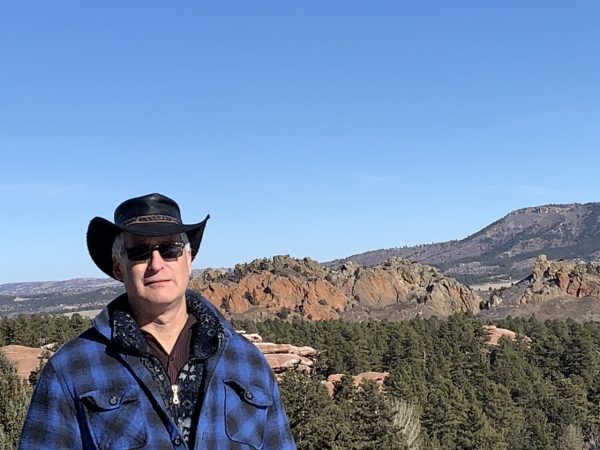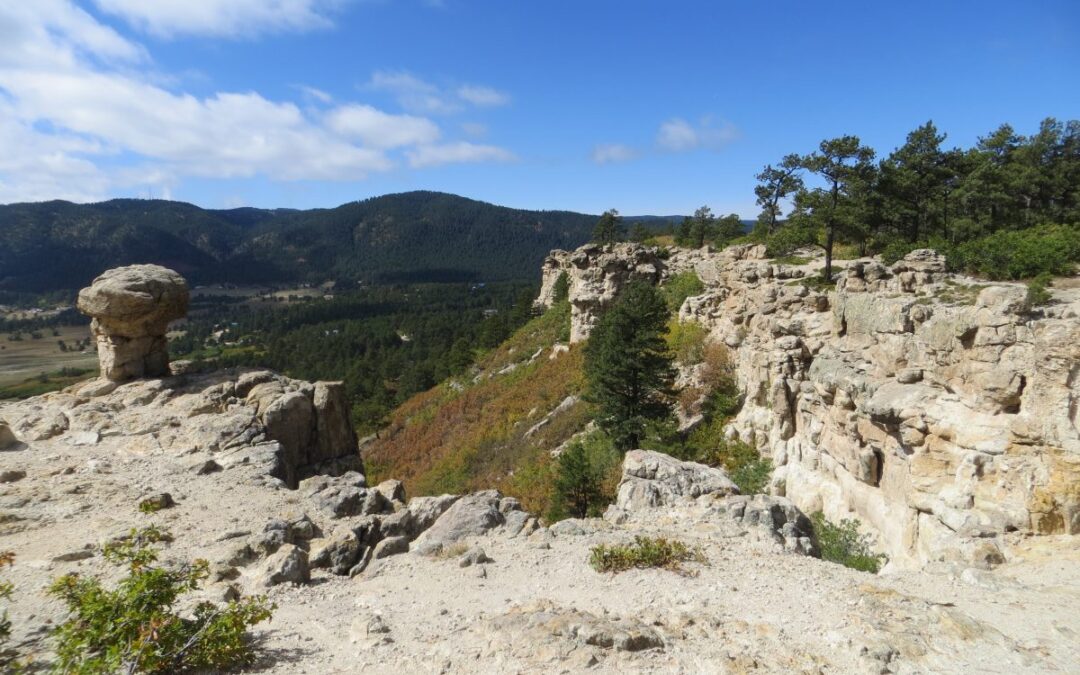By Alan Clarke
During times like these, when momentous events dominate the news on a daily basis and danger lurks everywhere, even at the corner market or in the coffee shop, the world may seem to constantly be on the brink of total chaos with no light visible at the end of the tunnel. We can too easily get sucked down the dark hole of doom-scrolling on the internet and spend too much time imagining the worst of outcomes for the pressing questions of the day. When will employment return to normal? Will I be able to safely travel to visit my distant family and friends anytime soon? Is the stock market bubble about to burst? Will the left and right ever learn to respect each other and be friends again? The world seems to be squeezing in upon us from all sides, leaving nowhere to turn for solace or a break from it all.
Yet there are places to turn. Places where stress and anxiety hold no sway. Places of comfort and light.
Step out of the car and take a few hundred paces down the Dawson Butte trail. Sit down on the bench beneath the trees. Inhale deeply and breathe out. The smell of pine is strong from the centuries-old ponderosa standing nearby, permeating our being like some ancient aromatherapy. Time here seems to slow and take on a different meaning. There are no cars rushing past, no noisy babbles from the television, no stack of bills and paperwork to deal with. Sit a little longer. Breathe deeply again. The tumult of world events and everyday concerns do not encroach upon this spot. Perspective comes. We realize that the troubles of our time are but transient moments, mere flickers that do not even cast a momentary shadow here. The turmoil in our mind fades. A sense of peace and tranquility begins to grow.
Snuggly lace up your hiking boots and start trudging up the trail to the top of Spruce Mountain. Protruding rocks and roots threaten to trip you up. Patches of ice, remnants from the recent snowfalls, make footing unsure. One must focus on the here and now to avoid a stumble or twisted ankle. The calls of Steller’s jays pierce air. They were there all along, but only now are you suddenly aware. The periodic glimpses of distant land formations protruding from the patchy fog below gives one the sense of floating on an island, aloof from the rest of the world, free of draining thoughts or emotions. Cresting the mountain brings a smile to the face and a sense of accomplishment and joy. The positive energy of this place begins to trickle into our depleted wellspring of optimism, restoring, at least a bit, faith in the future. Returning to the car at the trailhead, there is a bounce in the step that was lacking at the outset of the hike.
From the parking lot, jog out along the new Sandstone Ranch north loop trail. Bring the dog (on a leash, of course), if you have one. If you are lucky, you may note a mountain lion paw print by a puddle on the trail or spot a falcon purposefully winging by. The steady breeze is cold on your face, yet somehow a harbinger of the spring and warmer days to come. Pick up the pace a bit—nothing is reining you in. There are no boundaries, only exhilaration. Wind your way up the bluff and pause to take a breather at the lookout. Gazing south and west at the tree-covered mountains rising above the fields and red rocks in the valley below brings a sense of awe at the timeless beauty all around. This is a place free of the complexities of the modern world, open and welcoming, passing no judgment and imposing no constraints upon the visitor traveling through.
We are very fortunate to be living here and now, at this time and in this location. Not many years ago, these special spaces were neither preserved nor open to the public. In times of need for a mental reset, a spiritual rejuvenation or just a brief respite from the clamoring and uncertain world, there were many fewer places to turn. Thanks to the generosity, hard work and commitment of local visionaries, these places are here, for the benefit of us all, steady and solid, powerful antidotes to atroubling season. And we can rest secure in the knowledge that they will always be here, in perpetuity, preserved so that future generations can turn to them, as well, in time of need or just any old time.

About the Author: Alan Clarke grew up wanderingthe fields and forests of upstate New York. He received a B.S. from Duke University and a M.S. fromthe University of Colorado, Boulder, both in Civil Engineering. Professionally, he recently retiredfrom working as an aerospace engineer, helping to ensure success for a wide variety of satellite andlaunch vehicle missions. Alan is a Life Member of The Nature Conservancy. Since 2000, he has livedin Perry Park, Douglas County. A favorite past-time is hiking the high mountains with his daughter.

